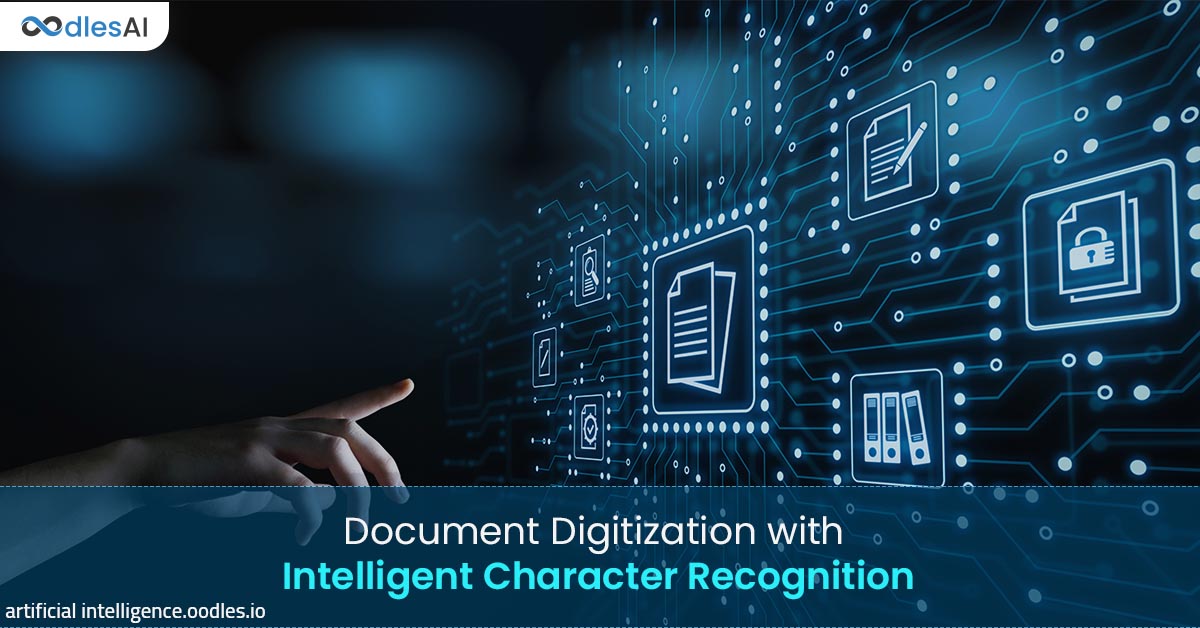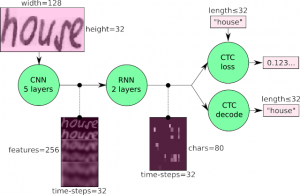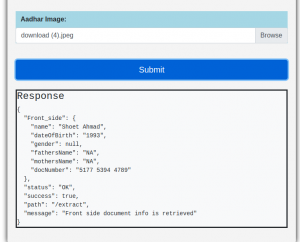Document Digitization Software with Intelligent Character Recognition
Sanam Malhotra | 27th September 2020

Data entry has a long-prevailing history of burdening organizations with high operational costs, elevated error rates, and slow turnaround time. Intelligent Character Recognition (ICR) is a remarkable breakthrough in the data digitization domain to automate complex data extraction tasks. Powered by emerging technologies like Artificial Intelligence and machine learning, ICR is disrupting traditional data entry processes with efficiency and accuracy.
We, at Oodles, as an Artificial Intelligence Development Company, present a brief introduction of ICR and its applications across business sectors.
What is Intelligent Character Recognition (ICR)?
Intelligent Character Recognition is a computer science field of technology that extracts handwritten text and information from documents. As the name suggests, ICR applies a ‘character-level’ recognition technique on written words to digitize them in machine-readable formats.
As part of the offline text recognition technology, ICR is dedicated to the conversion of handwritten, especially cursive text into digital files.
Traditionally, handwriting recognition systems used the Hidden Markov Models (HMM) for extraction tasks. However, with the advent of AI and its underlying techniques like deep learning, neural networks have become central to ICR systems.

A step closer, ICR systems powered by deep learning employ CNN (Convolutional Neural Networks) and RNN (Recurrent Neural Networks) to identify text features and decode final output.
Source: Medium
Powered by AI, handwriting recognition models can capture texts from structured, semi-structured, and unstructured docs with greater speed and accuracy.
To learn further about how AI augments text recognition, read how AI improves data extraction through OCR applications.
Difference between ICR Vs OCR
OCR or Optical Character Recognition is a broader technology that encompasses both online and offline text recognition techniques. While real-time writing sensors are deployed for online systems, the offline methodology is branched into typed and handwritten text recognition. OCR is central to recognizing typed and printed text, whereas ICR is concerned with the recognition of handwritten materials.
ICR is a specialized branch of OCR, that dedicates to extracting and identifying handwritten texts from scanned images, letters, and other inputs.
As providers of AI-powered Optical Character Recognition Services, we at Oodles are constantly exploring new opportunities for businesses to adopt automation technologies across organizations. Here are a few applications of handwriting recognition systems into business sectors.
Intelligent Character Recognition for Document Digitization: Applications Across Sectors
On the pathway of digital transformation, ICR technology is a significant move for emerging and established businesses to build a digital workforce. By automating handwriting-recognition tasks, futuristic businesses can increase employee productivity by eliminating manual labor for data entry and storage.
Most importantly, ICR technology pulls down operational costs and reduces human errors by as much as 50% and 90% respectively.
Below are some effective applications of Intelligence Character Recognition technology across business sectors-
1) Billing and Claim Management at Healthcare Institutions
Medical billing is a tedious process that demands undivided attention to identify erroneous and duplicate entries and fraudulent claims. According to MHS, 4 in 5 US bills containing minor mistakes burden the nation with an avoidable $68 billion cost annually.
By embedding ICR into medical billing systems, healthcare businesses can streamline billing management while reducing error rates and improving efficiency significantly.

A segmented image sample as tested by the researchers at the International Journal of Advanced Computer Science and Applications.
Not only invoices, but ICR technology can also extract text from handwritten health records, prescription forms, discharge summary, test, and other reports.
Read more | Building AI-OCR for Digitizing Healthcare Records and Lab Reports
2) Customer Onboarding at Banks
In the wake of the ongoing pandemic, several business processes are witnessing a digital shift driven by emerging technologies. For financial institutions, customer onboarding amid lockdown has become a real challenge impeding identity verification processes and delivery of services.
With OCR, banks can augment data extraction capabilities of human executives through automated text capturing integrated well into existing systems.
Recently, we at Oodles built an OCR model using machine learning tools and techniques. The system captures and extracts customer identity details from ID cards like Aadhar cards, PAN cards, passports, and driving licenses.

Here’s a screengrab of the Oodles OCR model tat demonstrates over 95% accuracy in data extraction and stores in easily accessible JSON formats.
Read more | How AI OCR for Financial Spreading Strengthens Risk Management
In addition to healthcare and identity text recognition, ICR technology can optimize various other businesses processes, such as-
c) Text Extraction from Applications and Forms
d) Receipt Processing, and more.
Connect with Oodles OCR experts to build adaptive ICR and OCR solutions for automating text recognition from complex documents.



